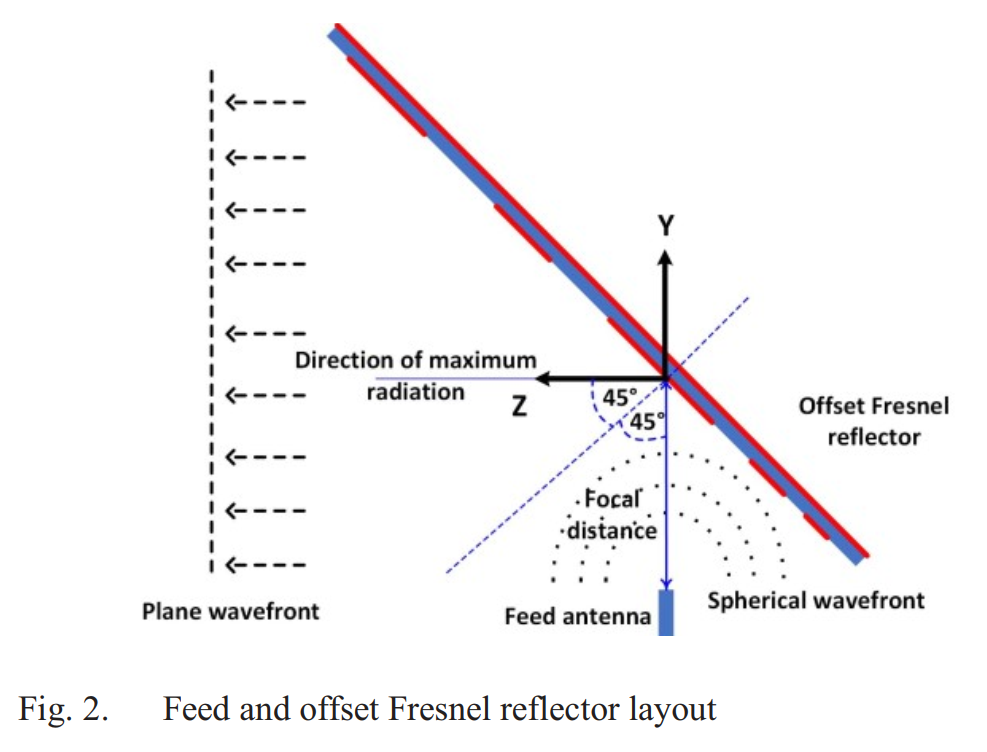Functional surfaces
Also called metasurfaces – synthetic structures designed to have specific effects on electromagnetic radiation and propagation, effects which are not occurring naturally (amplitude, phase, polarisation control…). These surfaces mainly consist of one or several layers of a substrate with oftentimes a metallic layer, arranged with specific periodicities and geometrical patterns. Usually these surfaces are passive, but active electronic control is being implemented more and more for new functionalities. The applications for this technology are multiple: stealth, electromagnetic (EM) shielding or transparency, antenna pattern control...

Project - RadarGlass
RadarGlass was a project proposing an alternative to current automotive radar placement behind bumpers. The concept was to etch a reflective surface (Fresnel reflector) on a transparent conductive layer applied on the headlamp of a car. The surface refracts the waves coming from the antenna to the outside of the car and vice-versa in the desired direction and shapes the wavefront accordingly [1]. At the same time, the original light transmission functionality of the headlamp is preserved.
Project funded by BMBF
Ongoing topics
The institute also focuses its research in the field of active metasurfaces, also called Intelligent Reflective Surfaces. As a part of the ongoing investigations on the 6G network technologies, these metasurfaces aim at unlocking the potential of configuring the wireless environment – so-called Smart Radio Environment – which would allow significant optimisation in wireless communication performance. The surfaces will be electronically controlled and act upon the wireless channel characteristics dynamically. IHF focuses on high-frequency structure designs and measurements, while other institutes will support with electronic design and fabrication.
References
[1] Hamid; 2020; Optically Transparent Antenna Integrated inside a Headlamp for Automotive Radar Application]

